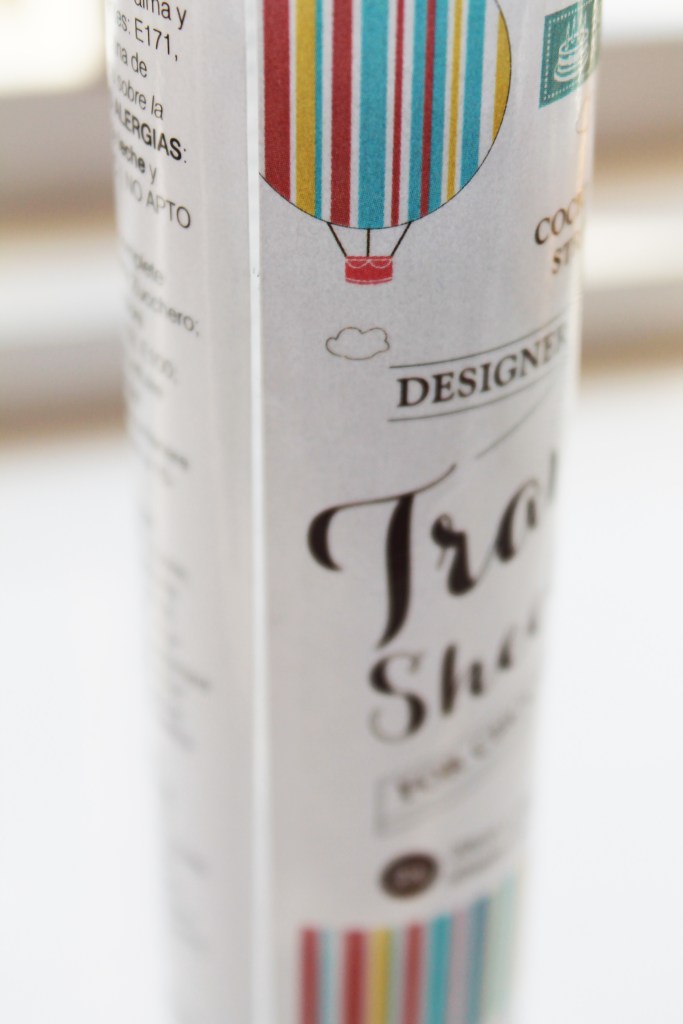Guidelines fo r supplying artwork
r supplying artwork
So that we can supply your labels quickly and of the highest possible quality, it is important that these artwork guidelines are followed. Artwork that is not supplied using the following criteria may require design work that will incur additional costs. Our sales team will give you an estimate for all required amendments before proceeding.
Colour mode of files supplied
All files should be supplied using CMYK colour mode and not RGB. Pantone colours should only be used if being matched. Where additional colours are needed (e.g. Orange, Violet, Green) to achieve Pantone match, they may incur additional charges which will be explained to you by our sales team. All orders quoted using CMYK will be matched as closely as possible but please be aware that a Pantone match is not guaranteed.
Artwork using Black should be supplied as “100% black”. If a richer Black is required then values of Cyan 20%, Yellow 20%, Black 100% can be used.
Ink coverage in text, pictures or graphics should be no more than 310%. The cutter guide should not be used as a colour. It should be used for crop/trim/registration only.
Colour consistency should be maintained across ranges. If there is a colour change then please inform us when you submit your artwork.
Please note: Digital printing is very detailed and will pick up any slight issues in the files, so it is vital that artwork is to a very high standard.
File formats – Files types such as .eps, .tiff or .jpeg should be at least 300dpi when placed/viewed at 100%. Please do not convert a lower resolution file to 300dpi as this will NOT improve the image. We will not be able to change or edit Photoshop files unless they are supplied as a layered PSD file with all fonts supplied.
Illustrator .eps files should have all “type” outlined and images should be embedded. PDFs should have the fonts and images embedded. If “type” is not outlined or text change are required, we will need the font supplied (both screen and printer versions). Cutter guides, foil, varnishes and white must be on separate layers and coloured as a spot ink.
Please ensure that any artwork is intact under the cutter guide and please supply the guide as a “stroke” and not “fill”.
Bleed & Quiet zones
Bleed is the area that prints beyond the trim marks or cutter guide of a label. This bleed should be at least 1.5mm all around the relevant design. The quiet zones are areas inside the trim marks or cutter guide where nothing critical is being printed. This should have at least 1.5mm of clearance.
Databases
Should be supplied in an editable format and within the following guidelines
- File formats preferred are .csv, .xls, .xslx or .txt.
- Please format text in as needed – i.e. CAPITALS, Upper And Lower Case, or lower case.
- Columns should be headed: Column_1, Column_2 and so on.
Please note, all databases supplied are treated as “clean and reviewed” and we will print exactly as the files provided. We will not edit or proof read any databases before printing.
Barcodes:
If you are unsure of how to create a good quality barcode, we are happy to do this for you and place it into your artwork.
All customer supplied barcodes will be checked prior to production. Where we are unable to achieve an acceptable verification grade we will need to remake the barcode. If we need to do this you will be sent artwork for approval.
How can we receive your files?
Email – please send files to labels@axicon.com
Dropbox, wetransfer, google drive, etc.
Call 01869 350442 for further information.
The software we support
- Adobe Illustrator
- Adobe Indesign
- Adobe Photoshop
- Adobe Acrobat
Please don’t hesitate to contact us to enquire about other file formats you are using.
General comments
- Bleed: A minimum of 1.5mm bleed should be included on any design that prints beyond the trim marks or cutter guide.
- Layers on artwork: If a white, foil, varnish or cutter guides are shown within a design, then please ensure these are noted as a separate layer and coloured as spot inks.
- Resolution: Files must achieve a minimum of 300dpi.
- Fonts: Minimum point size 4.5pt for positive, 6pt for reversed out text (Font and colour dependent. Please open up small reverse text by 0.03mm).

